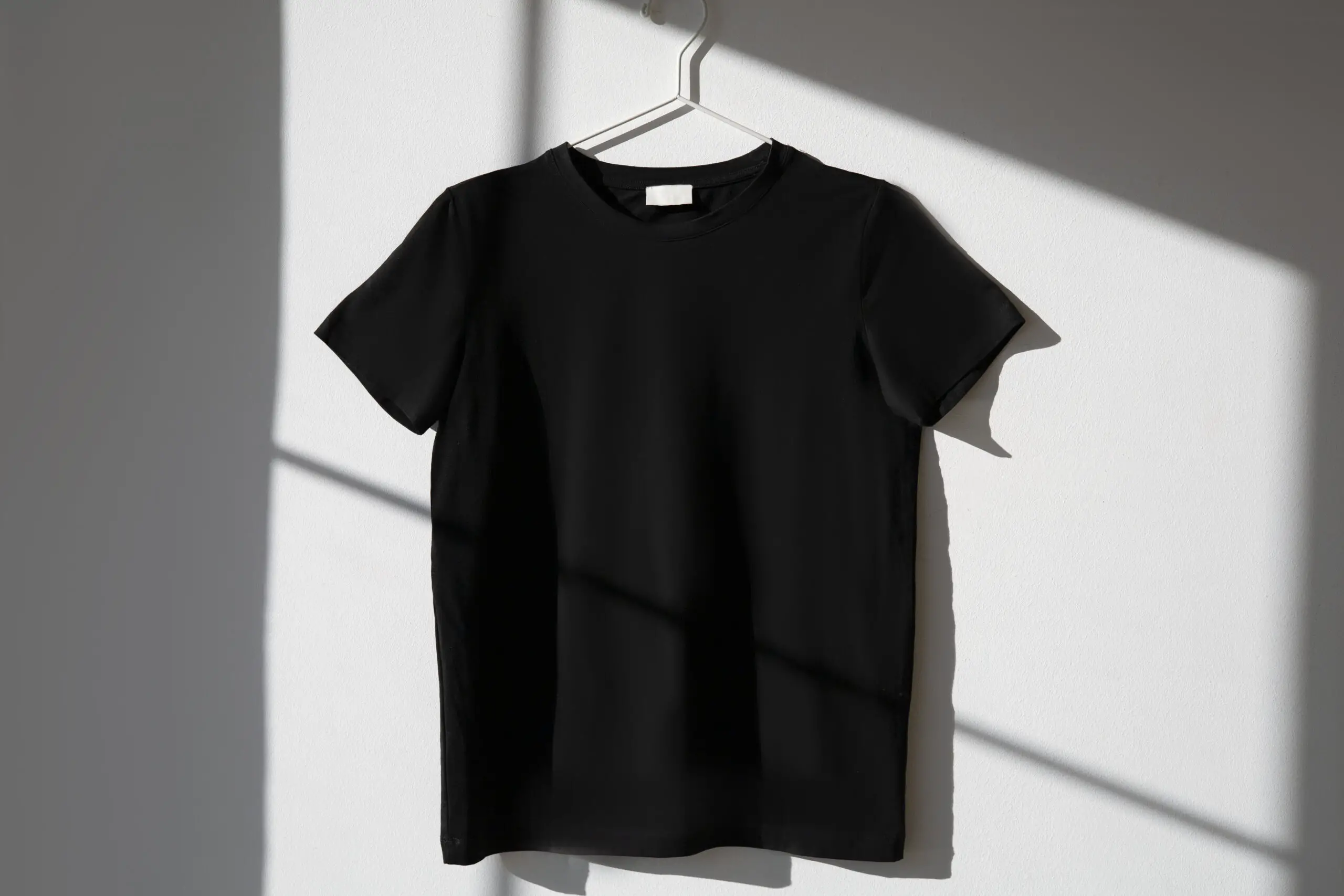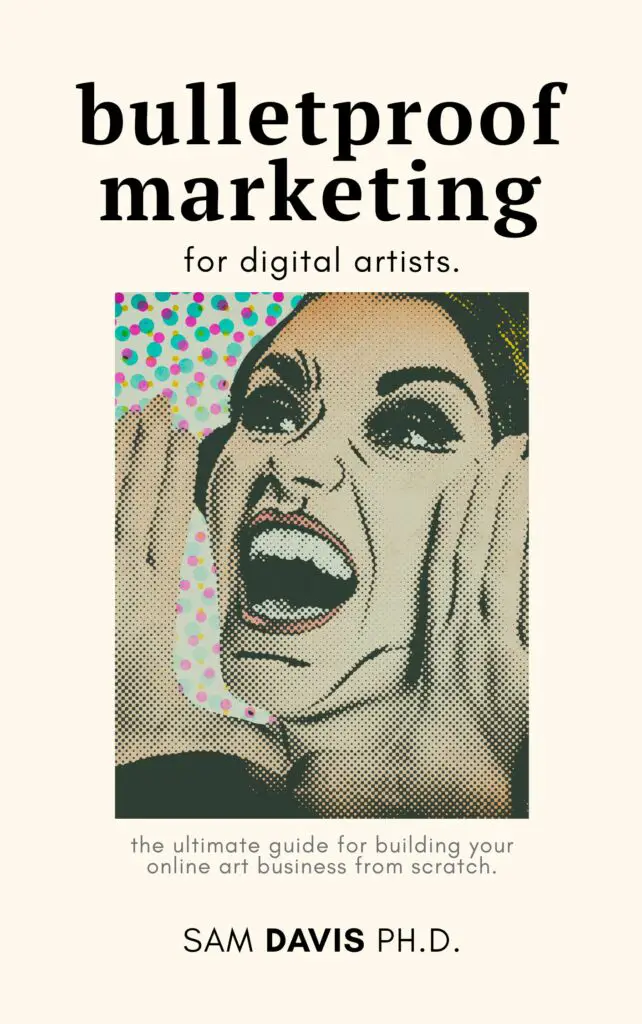T-shirts are an incredibly popular product. If someone has designed it, chances are, there's a t-shirt out there with the design. With their rising popularity, many people are wondering if a t shirt printing machine is the right step for their business.
Depending on the size of your business, your t shirt printing options will vary. In some cases, a t-shirt printing machine may not be the best option for you at all. So, let's figure it out together.
No Budget Option: Print on Demand
If you have no money to put into your business, then using a print on demand service is probably right for you. These companies, like Printify and Printful, have t-shirt printing machines and manufacturers waiting to do professional printing for you. They'll do a shirt at a time, so you don't need to worry about holding onto inventory.

Print on demand is seriously your safest option. They don't cost any money to you when you first get started, and the products they send out are equivalent to what you'd find in a store. The only downside? Your profits will be smaller.
Pros of Print on Demand
- Low cost
- Professional product
Cons of Print on Demand
- Less profit
- Longer turnaround time
Low Budget Option: Screen Printing
Screen printing is an old technology at this point. You don't even really need a screen printing machine to make it happen, but many people prefer the assembly line nature of using a machine. Screen printing is basically when you apply an ink through a stencil to a t-shirt, then use heat to set the design.
Unlike a t-shirt printing machine, screen printing can only apply one color at a time, and you'll be limited to solid colors until you master the technique. Gradients are challenging for even the best screen printers.
But if you like handmade stuff, screen printing is a good alternative to a t-shirt printing machine. It's all by hand, with just some tools to help you align.
There are many variations of the technique, but doing screen printing will set you back about a hundred dollars at most, plus the cost of t-shirts. You can do light on dark as well, which is important when considering other DIY methods.

Benefits of Becoming A Screen Printer
Being a screen printer is the only one of these techniques that is also an art form. Screen printers are known for their high quality prints and techniques involved. How cool!
Pros of Screen Printing Machine
- Lower cost
- Hand made product
Cons of Print on Demand
- Color restrictions
- Messy
- Hard to align complex designs
Medium Budget Option: Dye Sublimation Printing
If you've got a little bit more money, you can set yourself up with sublimation. Sublimation involves printing with special ink, then transferring the ink using a heat press machine. To get started, you'll need to purchase a special printer – or convert a specific brand of inkjet printer – and you'll probably need a heat press, too.
Remember – you can't use your normal printer for dye sublimation. You'll need to dedicate a specific printer.
The problem with dye sublimation, and the reason that I've stayed away from it, is that it can only print on light colored fabrics. I've always been a dark t shirt fan, so printing on white or gray t-shirts has just never appealed to me.
In any case, to get started with this method, you'll be set back a few hundred dollars, less if you can find some deals.
Pros of Dye Sublimation Prints
- Still affordable
- Looks good on light shirts
Cons of Print on Demand
- No dark colors
- Colors can be muted
- Lots of maintenance cost for printer and heat press if things go wrong
High Budget Option: iColor Heat Transfer Printer
Like most of these other methods, using an iColor printer will require a heat press machine to finish the product. Luckily, heat press machines are pretty affordable.
The iColor printing machine is the most affordable price for a true heat transfer printer on the market. You can get into printing professional heat transfers for under $5k. However, this machine represents a pretty big jump in business costs, so you'll need to be sure that this method is right for you.
This is the t-shirt printing machine that is just a step below “direct to garment” or DTG printing machine technology.
Pros of Heat Transfer Printing Machines
- Professional finish
- Dark t-shirts and light t-shirts with ease
Cons of Heat Transfer Process
- High start up
- Not quite bullet proof – may wear and tear over time
Professional Budget Option: Direct To Garment T-Shirt Printing Machine
After the iColor, you're really getting into big business. A DTG t-shirt printing machine will set you back more than ten thousand dollars. With a DTG t-shirt printing machine, you'll be purchasing the ability to make pretty much anything fabric related. You can open up a full scale print shop with one of these machines.
A DTG printer prints directly on fabric using special inks. Depending on the DTG printer that you choose, you may need to also finish off your design with a quick press on a heat press. Printing DTG saves you the hassle of aligning heat transfers, but overall, it's very expensive to get started.

Pros of a DTG Printer
- Professional finish
- Dark t-shirts and light t-shirts with ease
Cons of a DTG Printer
- Exceedingly high start up costs
- Like seriously – who has that kind of money to start a shirt printing business?
Heat Press Machines
Whatever t-shirt printing machine you choose, you'll probably need a heat press machine to finish your shirt off. A t-shirt heat press is usually 15×15″ in size, with a few different settings, like maximum temperature and pressure.
Heat presses start off very affordable – around $300 to get your first one. Be careful with heat presses though, as many of them are made cheaply and can be a fire hazard if left unattended. They usually come with teflon or a teflon coated plate to protect both the heated surface and the garment.
Temperature control is key for heat presses. If it's too hot, it can ruin your high quality prints. If the heat distribution is uneven, parts of your design could peel after just a few weeks of wear and tear. You can have the best printing technique in the world, but with a bad heat press, your designs won't last.
If you're scared of heat presses, you can use something like Cricut's Easy Press or even an iron, but you won't be able to apply the pressure needed to get a great adherence. If you're serious about the printing process, you should really invest in a heat press. Your heat press will really determine the quality of t-shirt that you're able to print.
Other Considerations For The Best T-Shirt Printing You Can Do
As you consider whether or not to start t-shirt printing, you'll need to be aware of your own limitations. Being a t-shirt printer is about more than just being able to produce your designs. You need to be able to actually design stuff, too. Or at least, have the money to purchase commercial rights to designs that you want to use
What's your t-shirt printing machine set up? Do you have any tips and tricks for other folks? Let us know in the comments below!

